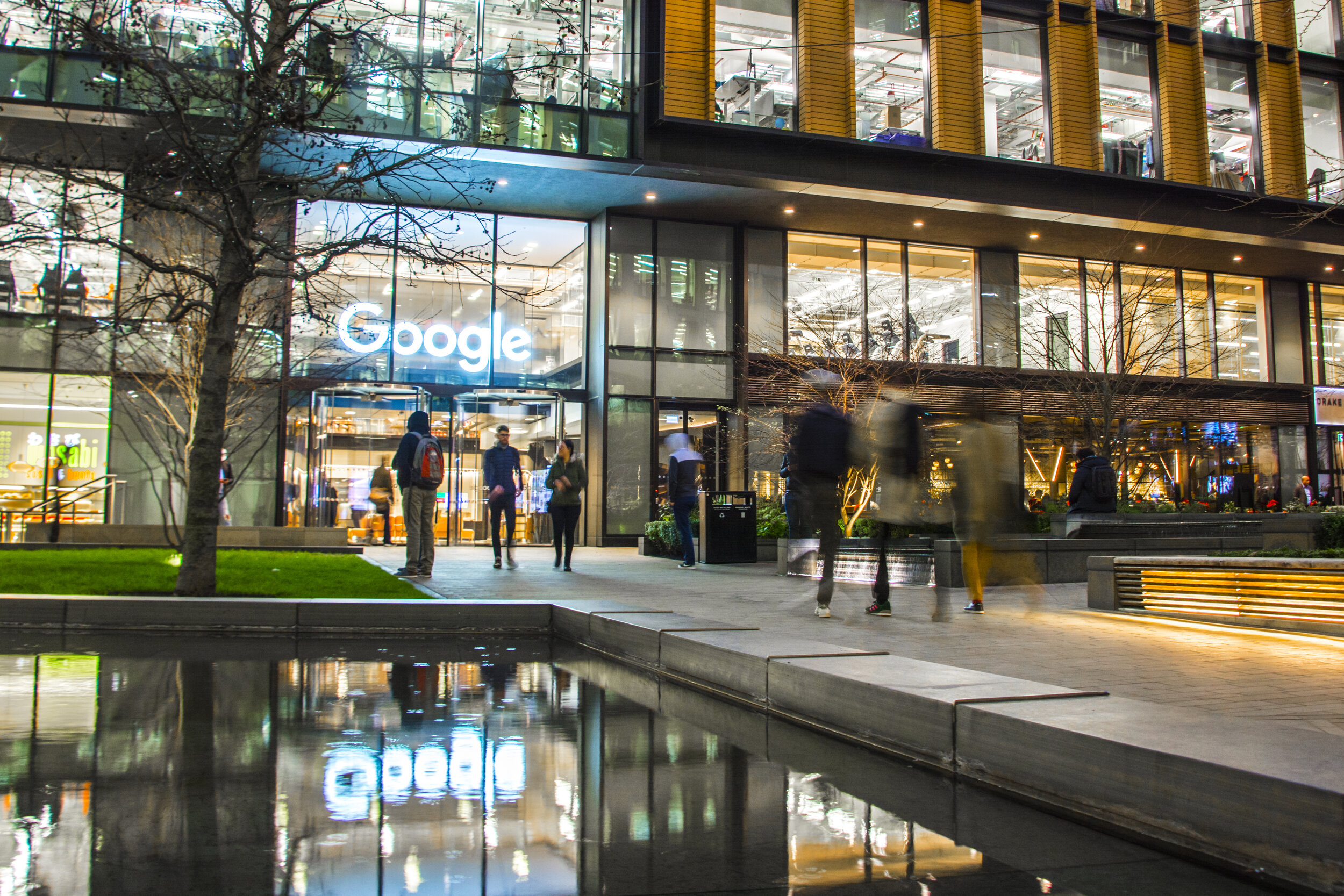Earlier this month Amazon announced that it will soften its back-to-the-office stance and allow employees to work remotely two days a week. Apple, an office-centric company like Amazon, has also recognized the need for flexibility. Why are these tech giants who have built billion-dollar campuses backing off their mandatory return to the office plans? It all comes down to attracting and retaining top talent.
Recruiting top talent for tech companies has always been competitive and now flexibility for a work-life balance is a must. This leads us to another question. If tech companies are embracing more remote work, why are they continuing to invest millions of dollars into their campuses? For example, last September (in the midst of the pandemic) Facebook purchased a $390 million campus in Washington. In addition, tech giant Oracle is moving forward with its $1.2 billion campus in Nashville.
In an earnings call earlier this month, Ruth Porat, the chief financial officer of Google’s parent company, Alphabet, said that spending on building and upgrading offices would be “normalized” in 2021. “We believe that in-office collaboration will be just as important to Google’s future as it’s been to our past,” CEO Sundar Pichai wrote in a recent email to staff.
So why are tech companies still banking on campuses?
In-person collaboration is important
Top-tier talent is attracted to the perks
Furthermore, to compete for top-tier talent companies (including large tech giants) are moving away from office-centric cultures to worker-centric cultures that focus on wellness and work-life balance. In-person collaboration space is still imperative for companies and is at the center of the “is the office dead debate”. For recruitment and retention of top talent, companies need to provide employees with flexibility, but for collaboration, companies need agile space that fosters employee impact.
Forward-thinking companies understand the future of work is here. At Wildmor Advisors, we know the importance of connecting companies to flexible, digital, sustainable, and most importantly worker-centric workspaces.





